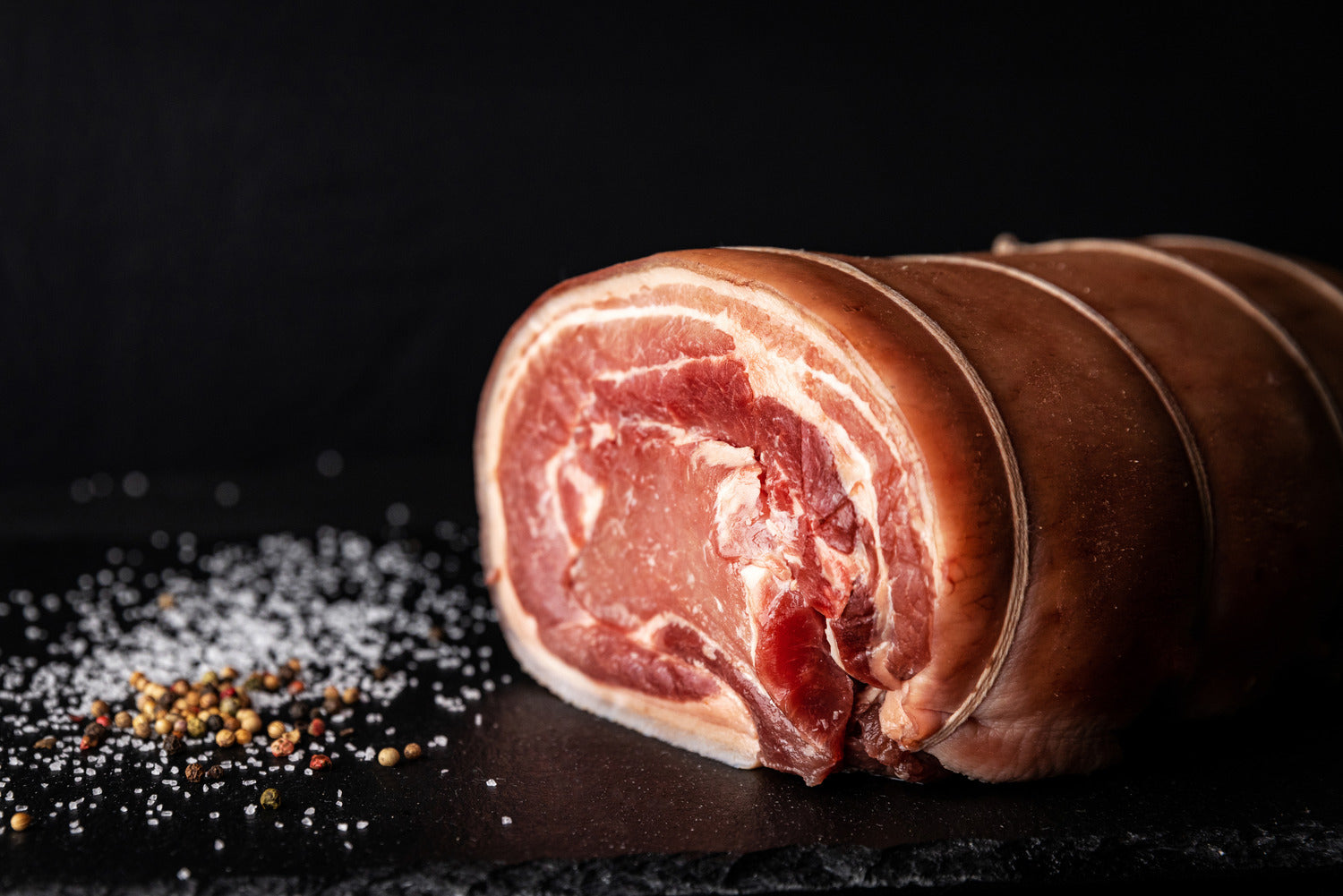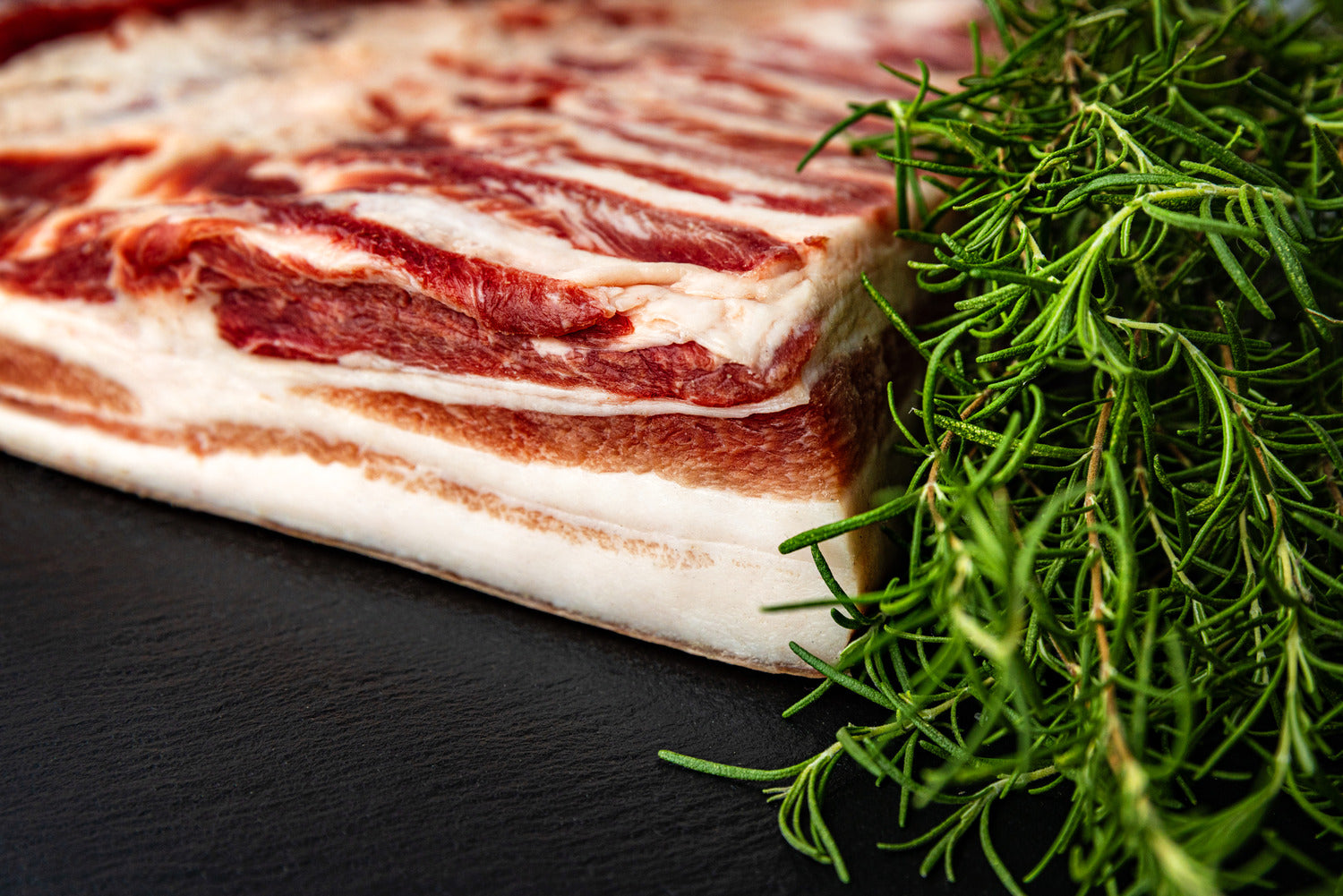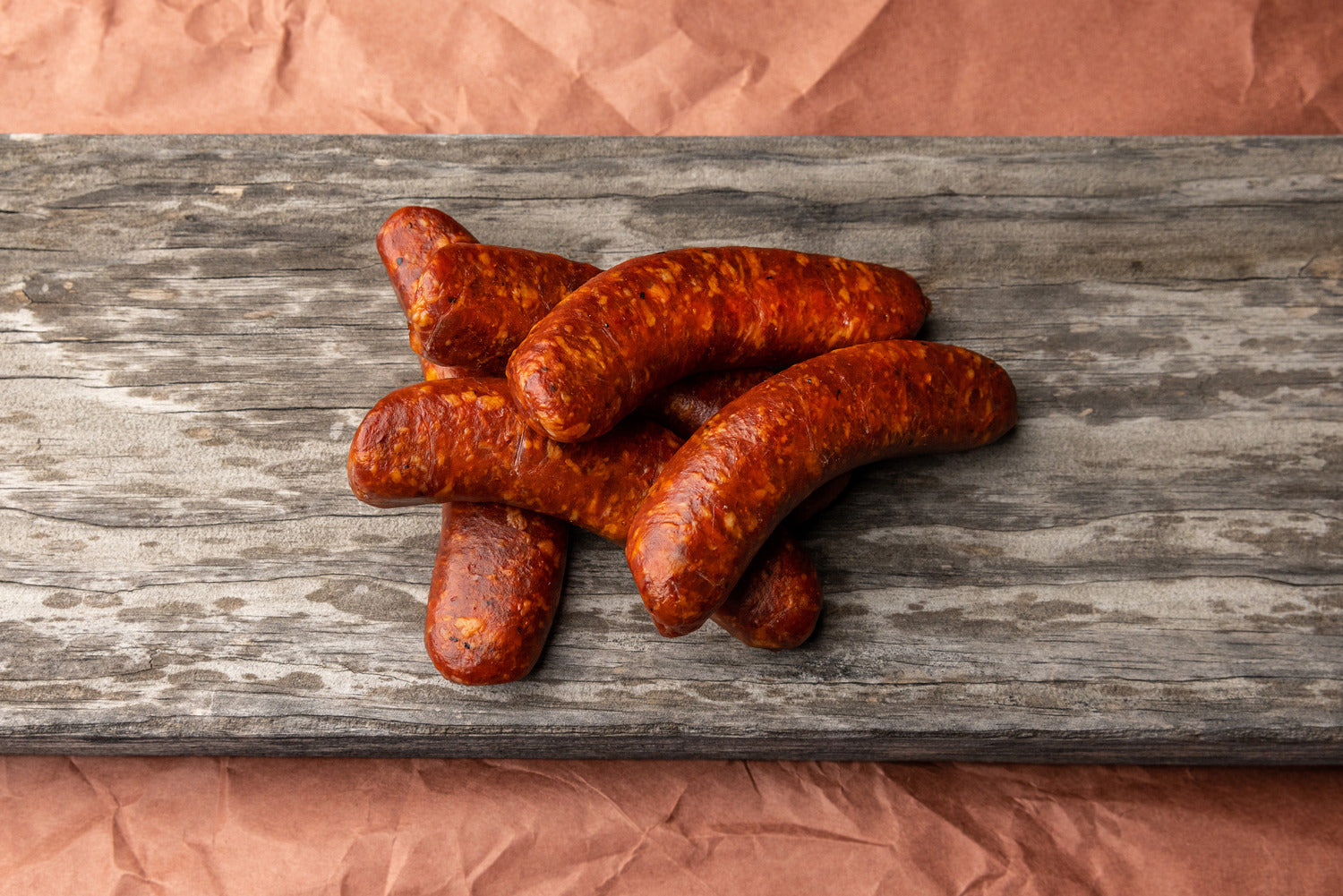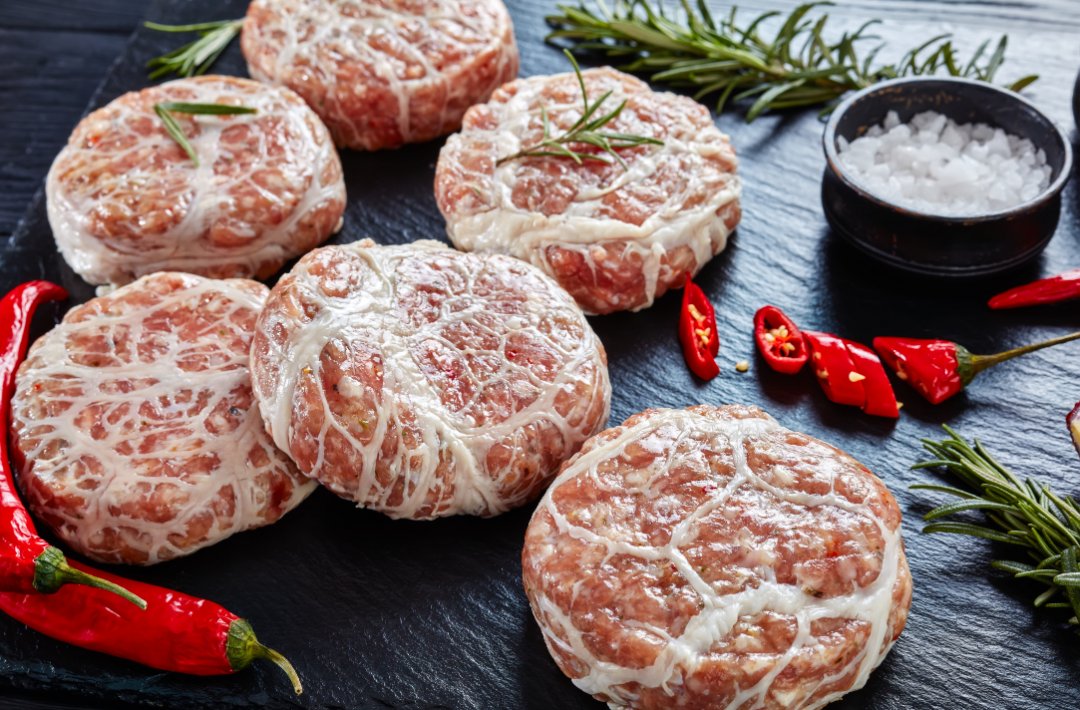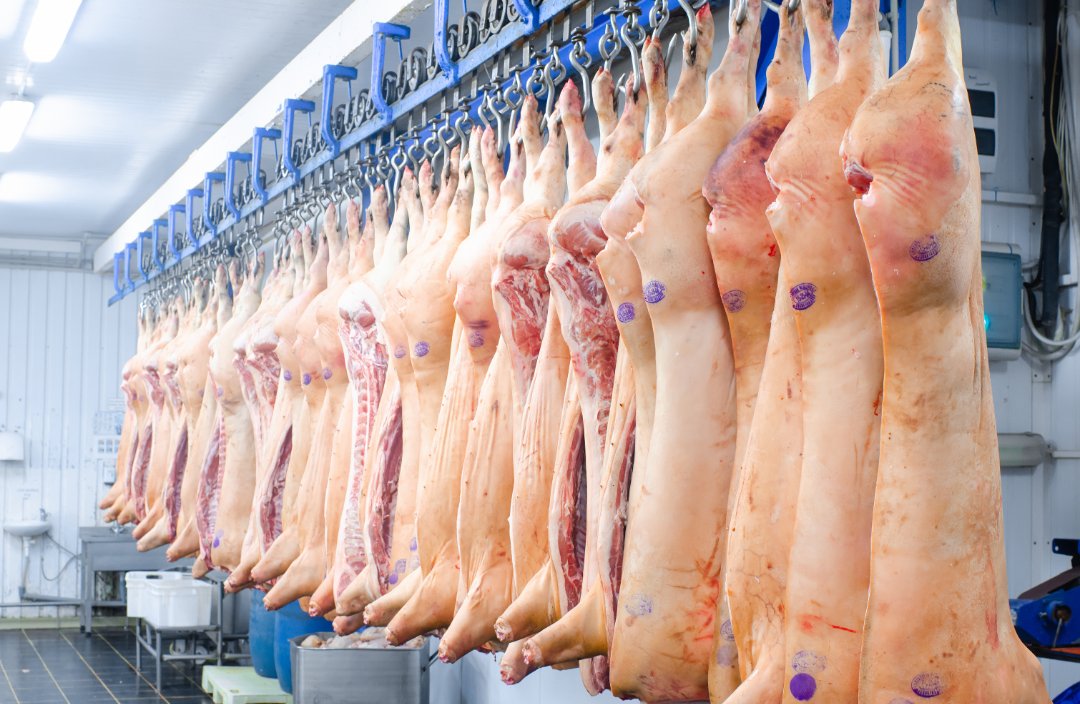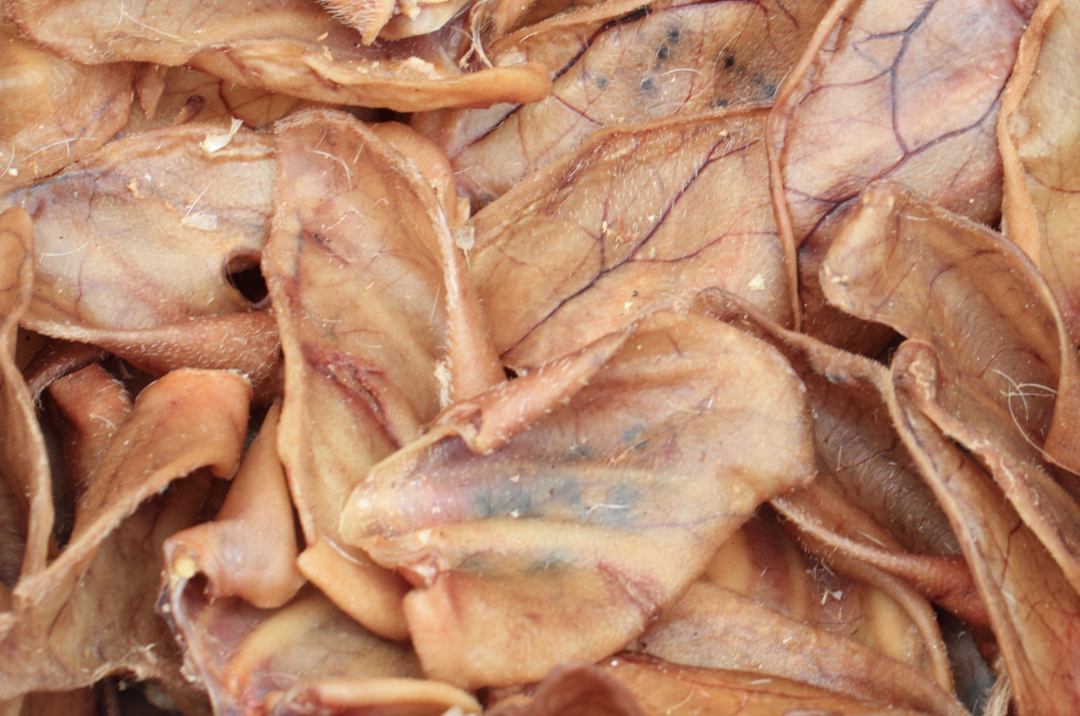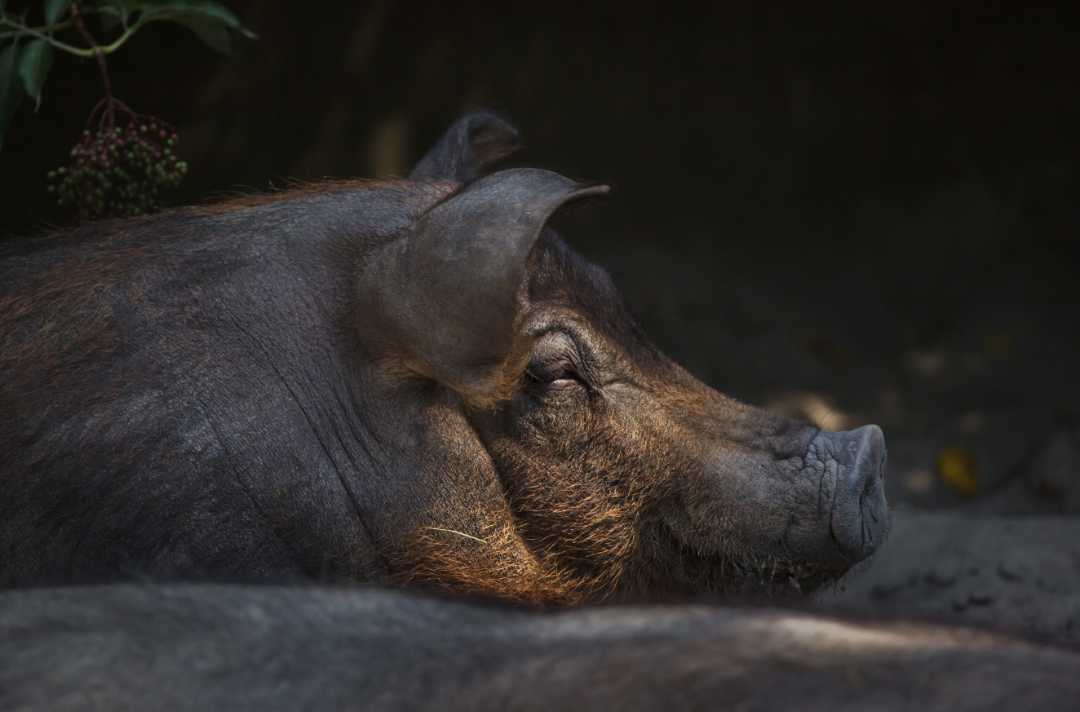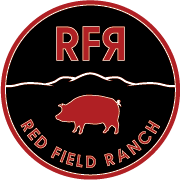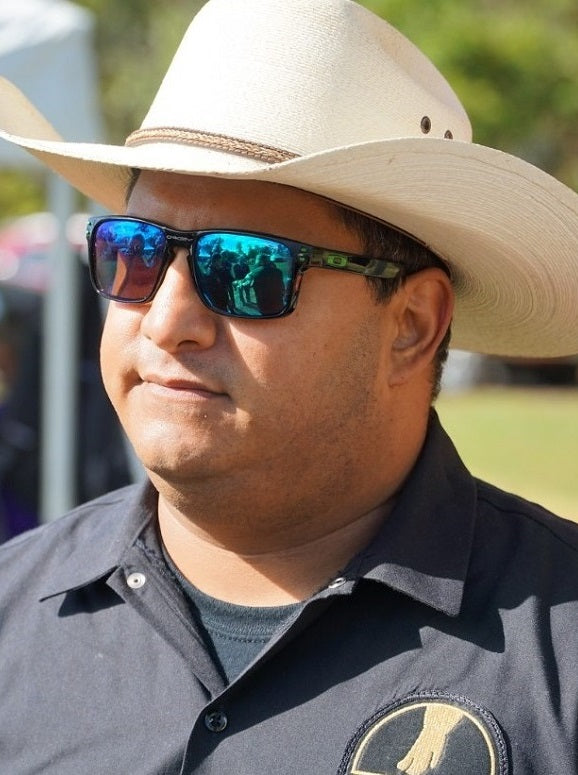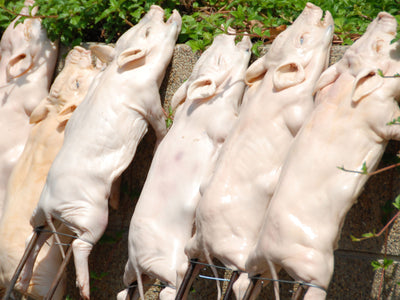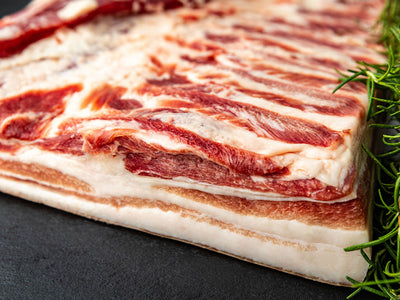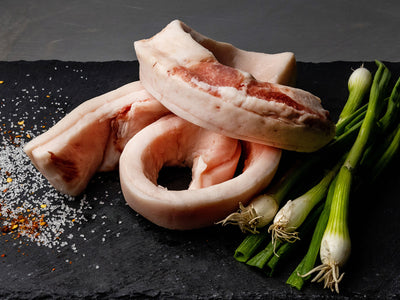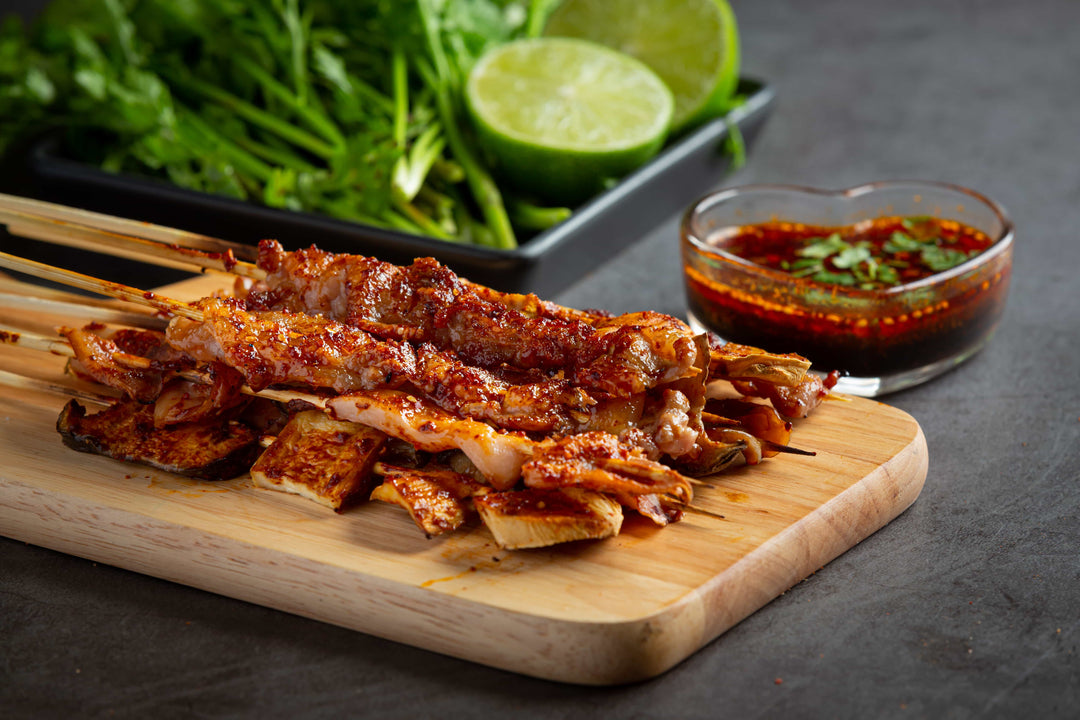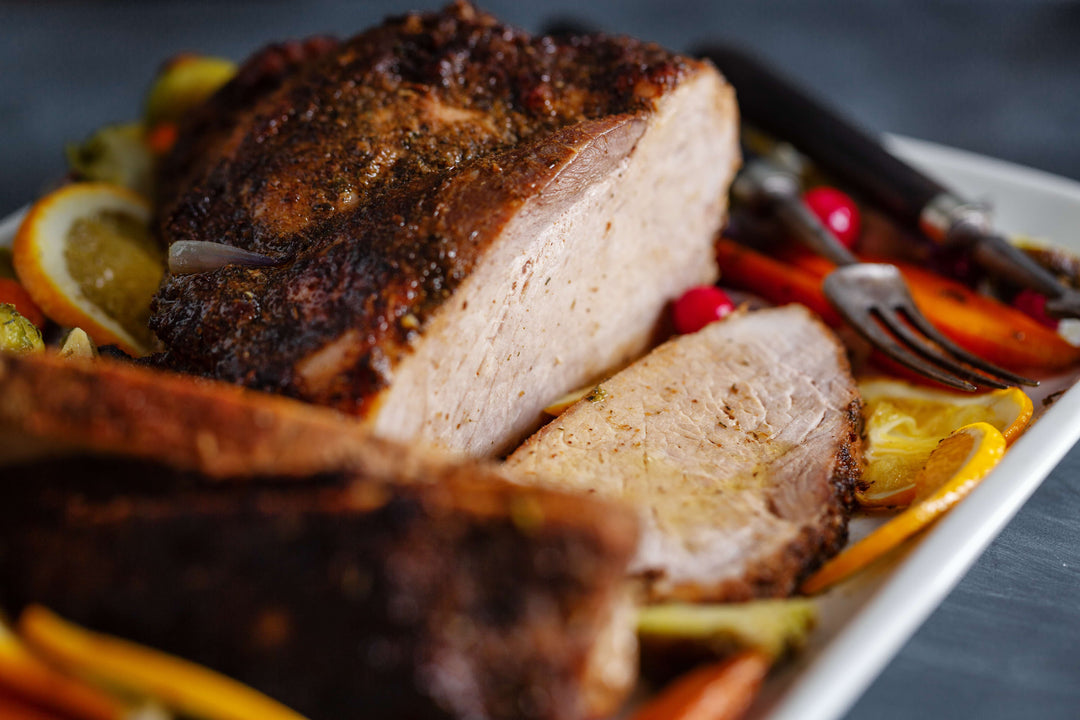Table of Content
- What Happens to Meat When We Cook It?
- Grilling – High Heat, Fast Flavor
- Braising – Low and Slow with Moisture
- Sous Vide – Precision Cooking for Nutrient Protection
- Comparative Nutrient Impact – A Quick Breakdown
- Cooking Method Meets Meat Type: Choosing Wisely
- Cooking as the Final Steward of Nutrition
Two neighbors cook dinner. One tosses a pasture-raised steak on the grill and sears it hot and fast with intense heat. The other slow-braises a heritage pork shoulder with root veggies and herbs. Same premium meat. But when they dine, the nutrition, taste, and texture are decidedly different.
Most humans pay attention to what they eat, but not how they eat it. But how you eat isn't as much of a food decision as a dietary one. From lost vitamins to formed compounds, how you cook your meat can significantly affect how well your body absorbs its nutrition.
At Red Field Ranch, where the quality of the meat begins on the pasture, we think cooking methods are the last step in respecting the value of what you're eating. Knowing the impacts of grilling, braising, and sous vide can allow you to make informed decisions that optimize taste and function.
What Happens to Meat When We Cook It?
Heat converts meat nutrition, altering its texture, flavor, and nutritional value. A few fundamental changes take place:
-
Protein denaturation: Heating the protein structure unwinds the easily digestible molecules; however, excessive thermal stimulation tightens proteins, making them hard to utilize fully in the human body.
-
Rendering of fats: The melting of fats by heat liberates flavors and changes the dish's fat content. The fats drip off or melt in, depending upon the cooking method (for example, grilling vs. braising).
-
Loss of moisture: Water evaporates from the meat while cooking, which aids in flavor intensity, drying the meat, and washing away water-soluble vitamins.
Now, two principal factors come into play in determining the eventual nutrient degree:
-
Temperature: The higher the temperature, the greater the percentage value lost.
-
Time: The longer a boil, the less the vitamins are in some instances, especially when the liquid is taken away.
-
Moisture: Moist methods (braising) retain more nutrients than dry heat methods (grilling).
Some nutrients most affected by cooking are:
-
Vitamin B (B1, B6, B12): Vitamins are vulnerable because they are water-soluble and heat-sensitive, and they are therefore important for energy metabolism.
-
Fatty acids: Healthy fats may oxidize at high temperatures, changing their properties.
-
Amino acids: The protein-building blocks are altered by overcooking, which toughens the meat for digestion.
Grilling – High Heat, Fast Flavor
Grilling is a favorite for its speed, charred edges, and bold flavors. But it has its nutritional trade-offs.
Pros:
-
Rapid cooking = less nutrient loss if carefully controlled.
-
Fat melts away, which can cut down on fat consumption overall.
-
Caramelization and Maillard browning produce rich, smoky flavors naturally enjoyed by many.
Cons:
-
Extreme heat can form cancer-causing substances such as heterocyclic amines (HCAs) and polycyclic aromatic hydrocarbons (PAHs), particularly when meat is burned or fat meets open flames.
-
B vitamins are lost considerably with overcooking.
Best for: Thin cuts such as steaks, lamb chops, or pork chops, where cooking is short and surface flavor is critical.
Health tip: Marinate your meat. A brief lemon, garlic, and herb marinade will cut HCA formation by over 90%. Grill with indirect heat to prevent flare-ups.
Braising – Low and Slow with Moisture
Braising entails a low temperature, a method involving moisture, and a time method. Usually, the meat is seared and then simmered in a liquid until tender.
Pros:
-
Since it involves moisture, this method causes loss of B vitamins compared to dry heat.
-
Collagen melts into gelatin, thereby turning down nutrients to a readily absorbable form and leaving a smooth, soft texture to be enjoyed.
-
The cooking liquid traps the vitamins, especially if consumed with the dish.
Cons:
-
Longer cooking times decrease some vitamins (especially when the liquid is poured out).
-
Fat melts away from grilling, which is an advantage if you skim down.
Best for: Tough, connective tissue-laden cuts like brisket, pork shoulder, Pork dino rib, or shank, especially from pasture-raised animals with higher natural collagen content.
Healthful tips: Using bone broth or low-sodium vegetable stock instead of water with sturdy veggies like carrots and kale will make this braise a one-pot nutritional triumph.
Sous Vide – Precision Cooking for Nutrient Protection
Sous vide involves sealing meat in a vacuum bag and cooking it in a temperature-controlled water bath.
Pros:
-
Low, consistent temps = less nutrient loss. Particularly retains heat-sensitive vitamins such as B12 and niacin.
-
Vacuum seal stops vitamin leaching that would take place in water or broth.
-
Even doneness prevents overcooking outside and undercooking the interior.
Cons:
-
Requires equipment (a sous vide circulator and vacuum sealer).
-
Does not have caramelization, so a brief sear is required for flavor and texture.
Best for: Tender cuts like loin, chops, poultry, and liver—especially if you prioritize your maximum nutrient retention or want exact doneness.
Health tip: After cooking, dry the meat and sear it for 30 seconds in a hot cast-iron pan with a little ghee or tallow. You'll get all the flavor without compromising meat nutrition.
Comparative Nutrient Impact – A Quick Breakdown
|
Cooking Method |
Vitamin Retention |
Fat Impact |
Risk of Harmful Compounds |
Flavor & Texture |
Best Used For |
|
Grilling |
Moderate to low (if overcooked) |
Fat is reduced via drip |
Higher (HCAs, PAHs if charred) |
Bold, crispy, smoky |
Steaks, lean cuts |
|
Braising |
Moderate to high (if broth consumed) |
Fat retained |
Low |
Moist, tender, hearty |
Tough cuts, bone-in |
|
Sous Vide |
High (due to low temp + seal) |
Controlled (sealed in) |
None (no high heat) |
Uniform, tender, clean |
Tender cuts, nutrient-focused meals |
Cooking Method Meets Meat Type: Choosing Wisely
The meat you select and how you prepare must cooperate, not conflict.
-
Fatty cuts such as brisket or pork shoulder do not require additional fat when cooked. Braising extracts their richness without adding excess fat.
-
Lean meats (such as pork loin or venison) are best in sous vide. The sealed state avoids dehydration and locks in sensitive nutrients.
-
Meats with great flavor, such as Red Field Ranch pasture-raised beef or heritage pork, require less augmentation. Charred grill burn may overwhelm their natural flavor. Softer cooking methods, such as braising or sous vide, permit their distinctive flavor to shine.
Red Field Ranch raises animals for richness, not just volume. That richness comes from diverse forage, clean practices, and time, not shortcuts. Cooking methods like braising or sous vide honor that difference. Instead of masking it with smoke or flame, you're amplifying what's already there.
Cooking as the Final Steward of Nutrition
You already made the right choice by sourcing meat from responsible farms. Whether it's Red Field Ranch's Iron Age pork or Texas Wagyu, your food starts with integrity. The final step—the cooking—is your chance to carry that care throughout.
It's not perfect, but it's aware. Employ high heat judiciously. Lean in on moisture when it counts. And keep this in mind: the most healthful meat is cooked with presence, intention, and a dash of respect for the science of the sizzle.
So whether you're firing up the grill this summer, slow-roasting on a chilly evening, or experimenting with sous vide for the first time, let cooking be more than a method. Let it be stewardship. Let it be a connection.
Cook intentionally. Eat intentionally. Feed thoroughly.
Frequently Asked Questions
Yes—absolutely. The way you cook meat can either protect or degrade its nutrients. Temperature, time, and moisture impact things like vitamin retention, healthy fats, and even how digestible the protein is.
Grilling isn't bad, but excessive charring can form harmful compounds like HCAs and PAHs. The key is moderation—use marinades, avoid flare-ups, and don't overcook.
Sous vide wins for nutrient retention. Its low, controlled temperature and vacuum seal protect delicate vitamins and prevent leaching, making it ideal for preserving the full value of high-quality meats.
Match method to cut: Tough, fatty cuts love low-and-slow braising. Lean, delicate cuts do best with sous vide. Thin cuts can be grilled—just avoid overdoing the char.
Definitely, just be smart about it. Use marinades, grill over indirect heat, and balance your week with other methods like braising or sous vide to protect nutrient variety

